Optimal Timing for Radon Gas Abatement
Radon gas levels can fluctuate throughout the year, making timing an important factor for effective abatement. The best time to undertake radon mitigation is typically during the warmer months when the soil is less saturated, and ventilation systems can operate more efficiently. However, radon levels can be tested at any time to determine if mitigation is necessary.
Testing during different seasons helps identify peak radon levels, which often occur in winter due to closed building practices.
Implementing radon abatement in spring or summer can lead to more effective installation and quicker results.
Heavy rainfall or snow can influence radon levels temporarily, so testing after such events provides more accurate readings.
Continuous monitoring can help track radon fluctuations and determine the best time for mitigation.
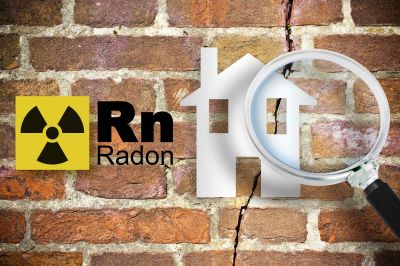
Ways to make Radon Gas Abatements work in tight or awkward layouts.
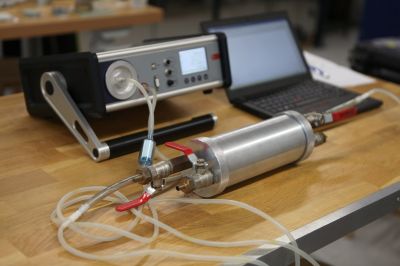
Popular materials for Radon Gas Abatements and why they hold up over time.
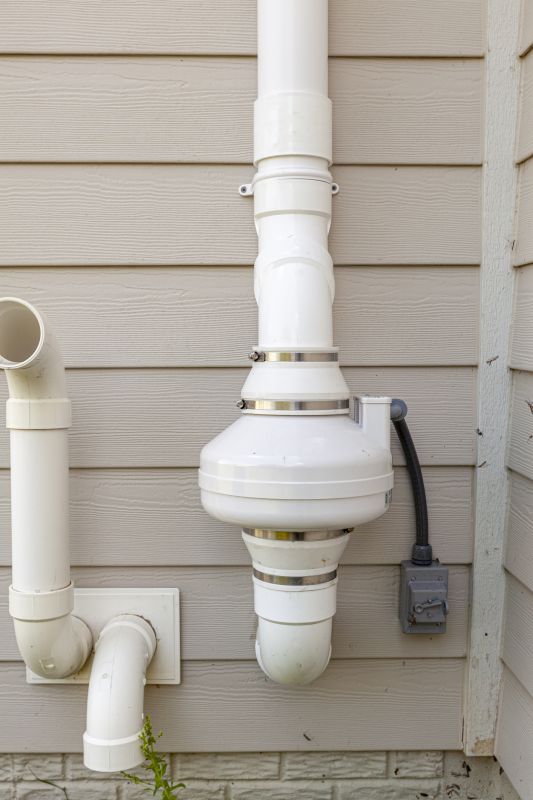
Simple add-ons that improve Radon Gas Abatements without blowing the budget.
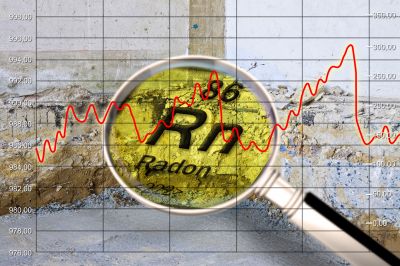
High-end options that actually feel worth it for Radon Gas Abatements.

Finishes and colors that play nicely with Radon Gas Abatements.

Little measurements that prevent headaches on Radon Gas Abatements day.

A 60-second routine that keeps Radon Gas Abatements looking new.

A frequent mistake in Radon Gas Abatements and how to dodge it.
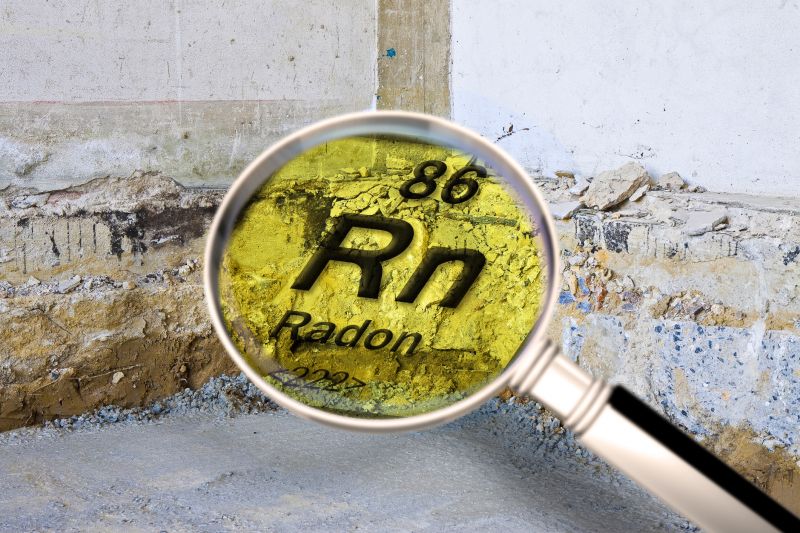
Small tweaks to make Radon Gas Abatements safer and easier to use.
| Season | Radon Level Fluctuations |
|---|---|
| Winter | Levels tend to be higher due to closed windows and doors |
| Spring | Levels may decrease as ventilation improves |
| Summer | Often lower but varies with weather |
| Fall | Levels can increase as heating systems are used |
| Year-round | Testing provides the most accurate assessment |
